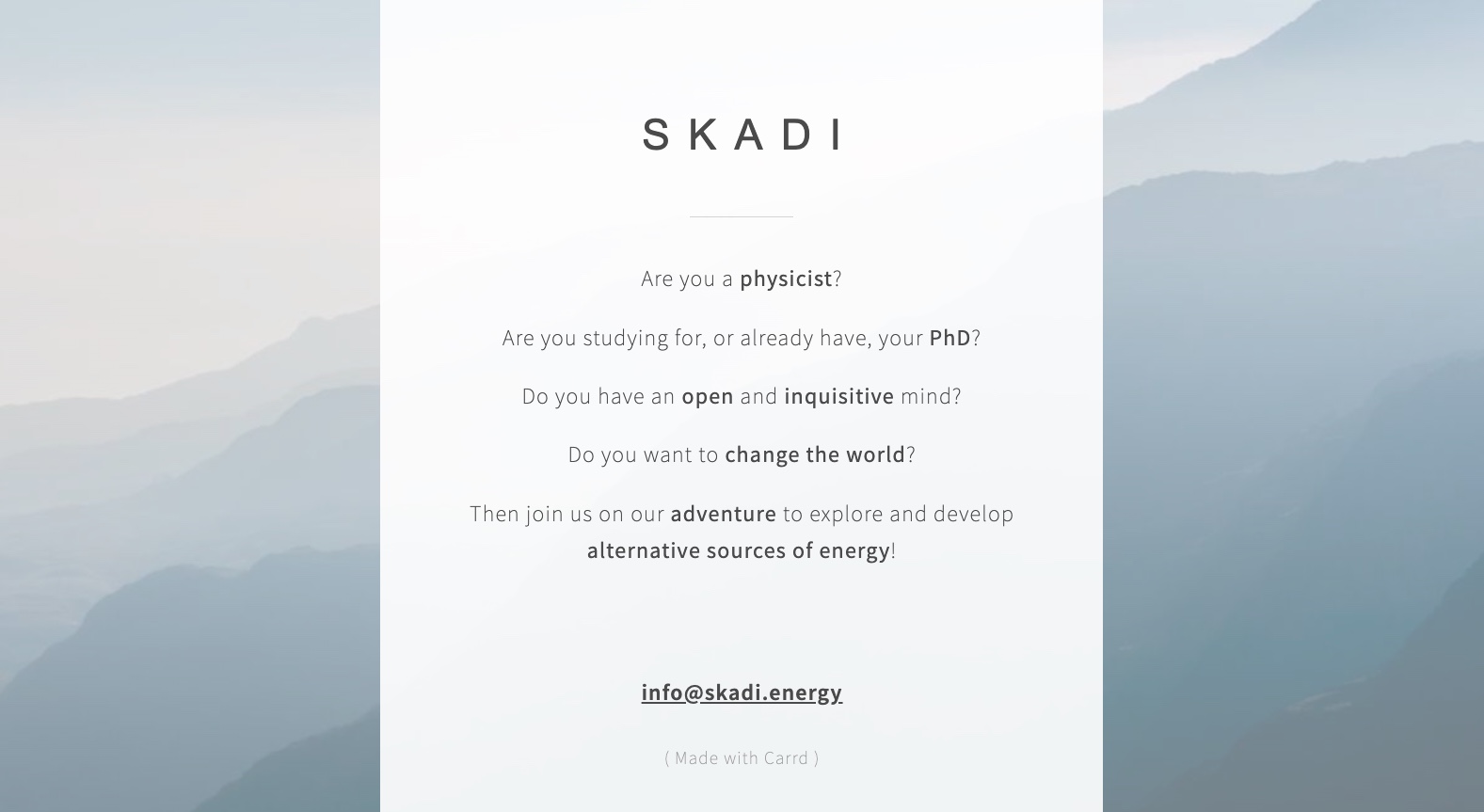Since my last post back in April, I’ve been trying my best to navigate the labyrinth of cold fusion (aka low energy nuclear reaction - LENR) literature in my spare time. It’s always difficult to pull together the most important bits of research in a field to which you are a newbie, but cold fusion is particularly difficult. Experiments are performed by people with varying degrees of experience/resources and new theories can’t be properly assessed because the required experimental data is often not available. This is, of course, to be expected from a field that’s existed on shoe string budget for decades.
Although I’ve not yet compiled a solid list of “go to” papers, what I’ve gleaned so far is that although not all of the experimental reports of cold fusion live up to scientific standards, collectively they represent a body of formal and informal knowledge not to be ignored. As of today, it appears that:
- The effect is not limited to electrolysis
- The materials are not limited to palladium and heavy water
- The effect takes place inside of very specific nano-scale structures of solid materials
- The effect depends on the vibrational dynamics of solid materials
I’m very grateful to cold fusion veteran Prof. Peter Hagelstein - he’s pointed me in the direction of the right rabbit hole in which I’m now learning a lot. He was super quick to respond to the email I committed myself to writing back in April and he shared some of his thoughts, experience and a bunch of his super useful research papers.
Our email exchange covered roughly two themes: blockers to progress and physics. I must confess that I don’t yet understand all the physics that he introduced me to, so in the summaries below there are some “buzz words” that might not make sense to you because they don’t yet make full sense to me either.
Blockers
- Opposition: There has been decades-long strong opposition to LENR research, including active efforts to prevent new researchers from entering the field.
- Funding: The field suffers from a near-complete lack of public funding, resulting in limited resources for research and experimentation.
- Publication: Mainstream scientific journals show strong reluctance to publish papers related to LENR, creating difficulties in sharing new findings and advancements with the wider scientific community.
- Loss of contributors: Significant contributors to the field have either retired or passed away, with fewer new researchers joining. This has led to a decrease in the number of people actively advancing the field.
- Termination of research efforts: Several major research projects have been shut down, including efforts at the NRL, ENEA Frascati, and Polytechnic University in Turin. The University of Missouri at Columbia is also expected to end its efforts.
- Misrepresentation by non-scientists: Some non-scientists have made wild claims about LENR, draining resources from legitimate research and damaging the field’s reputation.
- Investor interests: While investor funding has provided some resources for the field, it also poses challenges. Investors often discourage the publication of technical work and the move of researchers into dedicated companies limits information sharing within the wider community.
Physics
- Mechanisms of LENR: The LENR field has seen significant technical results, but there’s no consensus on the underlying mechanism at work.
- Excess Heat Effect: Hagelstein spent about five years before he was convinced that the excess heat effect in LENR was real. This belief was cemented by various experiments that reported excess heat, influenced by several parameters like Deuterium/Palladium (D/Pd) loading, temperature, current density, and electrolyte properties.
- Theoretical Challenges: A significant theoretical challenge in LENR is the lack of energetic particles normally associated with nuclear reactions in relation to the measured energy. This poses questions about traditional understandings of nuclear reactions and the microscopic processes in the Fleischmann-Pons (F&P) experiment.
- Theoretical Problems Divided into Two Areas: The theoretical problems in LENR can be divided into two: understanding the new physics responsible for the anomalies and applying known statistical physics,, physical chemistry, and electrochemistry to the experiments displaying these anomalies.
- New Physics in LENR: Hagelstein proposes that the new physics involves an unexpected coupling between vibrations and internal nuclear degrees of freedom, and an unexpected mechanism capable of mediating massive “up-conversion” and “down-conversion” of quanta.
- Conventional Physics Issues: There are numerous conventional physics issues to address. For instance, understanding the loading of deuterium in palladium entails tackling a statistical mechanics problem linked to the thermodynamics of H/D in Pd.
- Theory about Bulk PdD: Hagelstein theorises that bulk PdD is inert and all excess heat effects are due to multiple-deuterium atom loading of “vacancies”.
- Roadblocks to Progress: Progress in understanding the loading of H/D in vacancies is currently stymied due to a lack of relevant experimental studies.
Plenty to dig into here… I think too much. So, I’m going to try and find some local collaborators.
I’ve made myself a little landing page (using carrd.co)
and I’ll put some posters up in some of the London universities - let’s see if I get any traction.
And why Skadi? She is the Scandinavian goddess of winter → winter is cold → cold fusion 😁 (PS, I lived in Sweden for a couple of years during my postdoc, hence the Scandinavian inspiration)
